Does Tanning Help Acne?
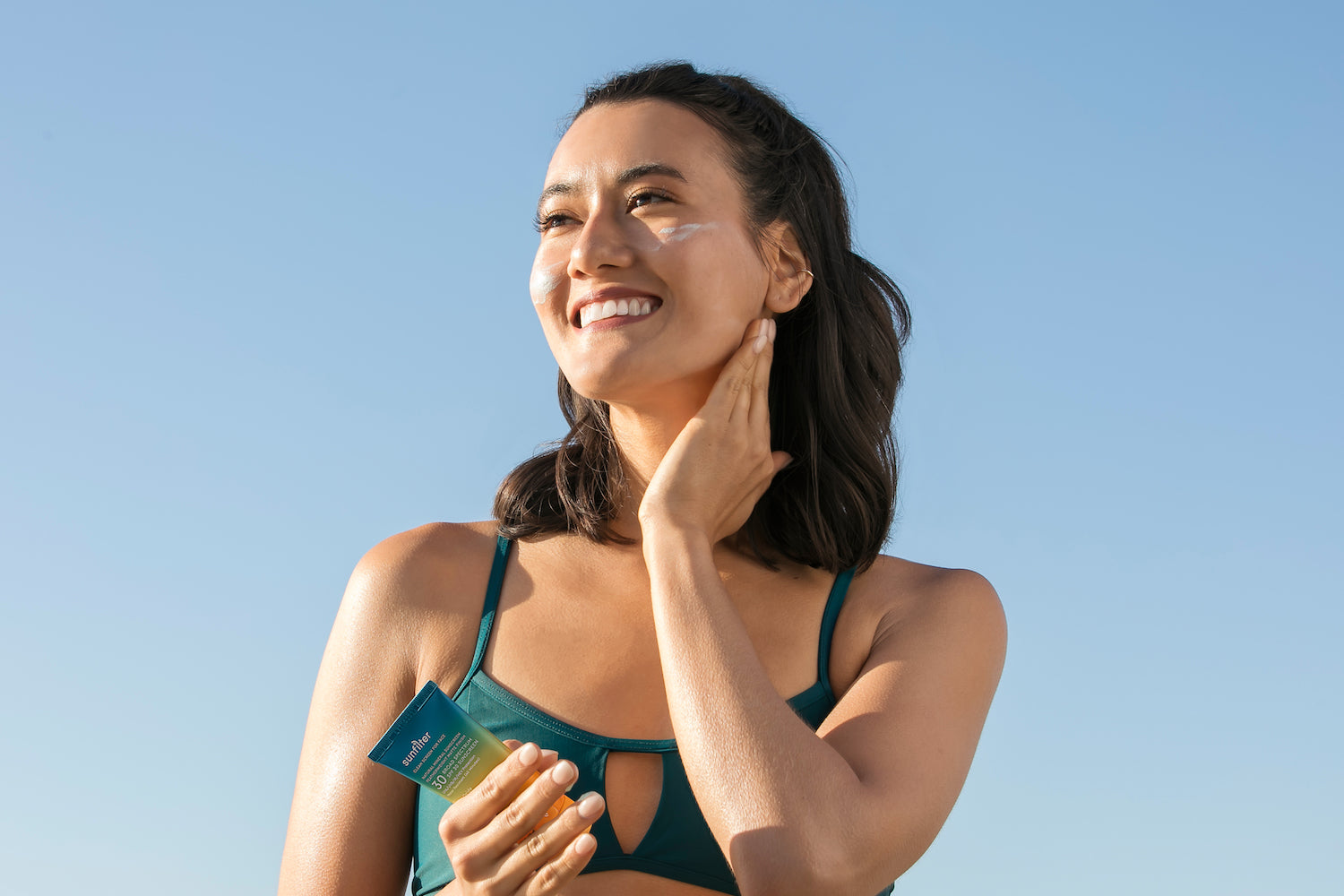
While your pimples and acne marks may look better after tanning or following a day spent in the sun, this minimizing effect is only temporary. The bronzing effect of the sun’s UV rays are actually first-degree burns that can worsen the appearance and health of your skin.
Too much time in the sun can actually worsen acne, and make your breakouts more painful and severe than ever before. It turns out the sun provides temporary relief from pimples, but in the long run, can make our acne blemishes that much worse.
Acne Myths and Misconceptions
There are many myths regarding acne treatment. Some ask how effective is Vitamin B5 for acne while others believe banning chocolate from their diets can relieve their breakouts. One of the most pervasive myths about acne treatment involves the sun.
You may have heard people ask "Does tanning help with acne?" or "Is the sun good for acne?". Individuals with breakouts believe that sun exposure can help relieve acne symptoms, but unfortunately, the combination of sun and acne can result in worsened breakouts. Sun exposure can make breakouts more severe, especially for acne-prone skin. It's important to learn how acne develops, as understanding acne can help you better find solutions. “Sun exposure will cause dehydration, which in turn stimulates oil production as your skin tries to correct the issue,” says Annet King, Director of Global Education for The International Dermal Institute. This excess oil production can result in clogged pores and inflamed pimples.
Does the Sun Cause Acne?
While sun exposure doesn’t directly cause acne, tanning can worsen breakouts for those with acne-prone skin. Excess time in the sun can dry out your skin and increase your risk of developing melanoma and other types of cancer, so it’s important to wear sunscreen every time you head outdoors. There has been a lot of discussion around chemical sunscreen vs. mineral sunscreen, and the key takeaway is that mineral sunscreen is the healthier choice.
Why Does My Skin Look Better After a Day in the Sun?
It might seem like tanning and acne are the perfect marriage when your skin clears up after hours spent in the sun or in a tanning booth, but the reality is that tanning simply covers up redness—temporarily. While this will make some blemishes disappear for a day or two, they’ll come back more painful and noticeable than before.
Sun damage can cause your skin to both thin and thicken in different areas over time. When your skin peels, especially after a sunburn, these excess layers of skin can have a hard time sloughing off. As sebum and P. acnes bacteria combine with dead skin cells, they can block up your pores and result in acne blemishes and lesions.
While sun exposure seems to dry up the oils on our skin at first, in the long run, it can actually increase sebum production. This is especially noticeable for those with oily skin that are prone to acne. While your skin may lose its oily feeling immediately after a session in the sun, it turns out the oils will come back tenfold just days later.
Why? UV rays from the sun can irreparably damage the skin, which can weaken your skin’s natural barrier and result in the loss of moisture. The skin will then attempt to make up for this lost moisture by producing more oil which can lead to overproduction of sebum in the sebaceous glands. The more sebum, the more likely it is that your pores will become clogged.
Acne Treatment and Sun Sensitivity
There are many acne treatments that actually put you at risk for increased sun sensitivity. Ever heard of Accutane? This aggressive acne medication has been pulled from shelves thanks to a host of terrible side effects, but one of the most common complaints about this treatment was its propensity to make patients more sensitive to the sun, causing sunburns with just minutes of time spent outside.
Beyond oral medications like Accutane, there are topical treatments that also increase sun sensitivity. You’ve likely seen or used benzoyl peroxide treatments, but this harsh ingredient can result in some nasty side effects. You’ll notice these products recommend avoid excess sun exposure. This is because these types of acne medications dry up sebum, then increase the rate of cell growth and exfoliation, leaving your skin vulnerable to the sun’s UV rays without restoring its moisture barrier.
Are there any acne treatments without scary side effects? Definitely, but it’s important to always apply sunscreen before heading outside, regardless of weather or season.
There are acne treatments that are less harsh on the skin, but just as effective at clearing breakouts. Salicylic acid is a natural exfoliator, and doesn’t excessively dry out the skin. Our acne treatment products use the highest allowable percentage of salicylic acid as the active ingredient for acne paired with plant intelligence to soothe redness and irritation. We also use a secret ingredient called Floralux, made from chlorophyll. Learn more about the power of chlorophyll to help restore the skin.
Clearer skin in as little as two weeks.
This 3-step routine combines the most effective (clinically-proven) acne fighting ingredients with powerful plant intelligence to leave your skin nourished, refreshed, and clear.
Try SomeSun Exposure and Collagen
Excessive sun exposure can damage the collagen found within the epidermis. When our skin loses its collagen, it also loses its elasticity.
This can result in wrinkles and sagging skin, leading your skin to age at a faster rate. According to recent research, the IV rays from the sun may account for over 80 percent of skin wrinkles and age marks. UV radiation can create free radicals, unstable oxygen molecules that damage cell function and alter our genetic material. These can further break down collagen and result in even more wrinkles. Worse, free radicals can lead to the development of cancer.
The Sun Can Cause Hyper-pigmentation
Those with acne often deal with dark marks on the skin, which are a result of hyper-pigmentation. This occurs when an excess of melanin forms deposits in the skin. The UV radiation from the sun causes melanin to build up in an overexposed area of skin. This means excess sun exposure can result in more frequent and more noticeable dark marks on the skin.
While there are laser treatments and chemical peels that can help minimize the appearance of these marks, they tend to be quite costly and can take multiple sessions before results are seen.
Looking for ways to quiet redness and hyper-pigmentation? You'll love Zen - our plant-based ultra calming serum.
Sun Exposure and Skin Cancer
Regardless of the sun’s effect on acne blemishes, it’s unwise to expose your skin to ultraviolet rays. Skin cancer is a growing problem; it is the most prevalent form of all cancer types in the United States. Skin cancer is the uncontrolled growth of abnormal skin cells, which can result in tumors that may be malignant or benign.
There are three main types of skin cancer:
- Basal Cell Carcinoma: This type of skin cancer starts in the basal cells, which make up the outermost layer of the skin. It can often present as an open sore or red patch. While it can spread to other parts of the body, generally Basal Cell Carcinoma is limited to the original tumor site. While not deadly, this skin cancer can be disfiguring and leave permanent marks or scars so it’s best to treat early.
- Squamous Cell Carcinoma: This common type of skin cancer grows slowly, but it can spread to the tissue, lymph nodes, and bones. Generally this type of skin cancer begins as a bump or scaly patch of skin. It can feel rough and bleed when scraped. Generally this type of skin cancer is easy to treat with minor surgery or dermabrasion.
- Melanoma: This is the most severe and serious type of skin cancer, making up 75 percent of all skin cancer related deaths. Melanoma often resembles moles, but these cancerous growths actually develop when DNA damage to our skin cells triggers mutations, leading to rapid multiplication of skin cells that form malignant tumors. So long as melanoma is treat early, it’s generally curable. However, if left to advance, it can spread to other parts of the body. Warnings signs of melanoma include atypical moles that look asymmetrical, and they can be dark brown or black, but have also been observed in pink and red hues.
Choosing the Right Sunscreen for Your Skin Type
Regardless of skin type, it’s important to wear sunscreen; however, skin types can affect how you react to application of these products.
Oily/Combination Skin: Those with oily or combination skin should look for sunscreens labeled non-comedogenic to avoid excess clogging of pores. Oil-free sunscreens will provide a non-greasy finish and help prevent excess shine that those with these skin types often deal with.
Dry Skin: If you have dry skin, you'll likely want to use a different type of sunscreen. Those with dry skin need to use a daily moisturizer that incorporates SPF, and find a liquid sunscreen that can spread easily and evenly over the skin.
Sensitive Skin: Those with sensitive skin need to be ever diligent with their sunscreen regimen. Look for fragrance free sunscreen options, as chemical additions can cause irritation to sensitive skin. Try a hypoallergenic, broad spectrum sunscreen, and be sure to reapply accordingly.
SunFilter and SunShady, our non-nano 100% mineral zinc oxide sunscreens for face and body, are designed for blemish-prone skin but can be used on all skin types. Both offer total protection against harmful UV rays, blue light, environmental pollutants, free radicals, and signs of premature aging. This sunscreen duo serves as an ultimate skin protector and everyday hydrator.
More than sun-proof. Life-proof.
Protect your face and body from harmful UV rays, free radicals, blue light, and environmental pollutants with these non-nano 100% mineral zinc oxide sunscreens for everyday use.
Protect Your Glow
Light Treatments that Can Help Acne
There are light treatments that can help severe acne, but these can be extremely costly; however, they’ve proven to be effective, and don’t generate the cancer causing wavelengths of light that the sun does.
Light therapy for acne works by killing acne bacteria and shrinking sebaceous glands to help the skin recover from breakouts. Red light can penetrate deep into the skin to activate hemoglobin, cutting off the blood supply of sebaceous glands so that pores don’t secrete as much sebum. Blue light in contrast penetrates into pores and kills some of the pore’s acne bacteria.
Researchers have found that light therapy may be more effective for treating the inflammation related to acne breakouts than treating the bacteria found within the blemishes themselves.
However, there is a balance to be struck with light therapy use, as too much can cause irritation and redness, making your skin more sensitive to normal sun exposure.
Should you choose to pursue light therapy for acne treatment, be sure to discuss with an experienced dermatologist; while there are at-home light therapies, your best bet is to pursue help from a professional.
Habits like tanning can wreak havoc on your skin. Like acne and smoking, the sun and acne have a tumultuous relationship.
Getting a tan or dealing with acne is never worth the risk of skin cancer. Be sure to use SPF sunscreen every time you plan on being outdoors, and avoid tanning and unnecessary exposure to the sun—your skin will thank you.

Abby Vinas
Abby Vinas has long been an active member of the holistic health community, advocating in favor of its benefits to both our physical and emotional well-being. Her commitment to leading a healthy lifestyle has made her an authority on self-care practices. Abby is passionate about fitness, nutrition, and proper skincare, and is also an avid lover of avocado toast and dog-petting.
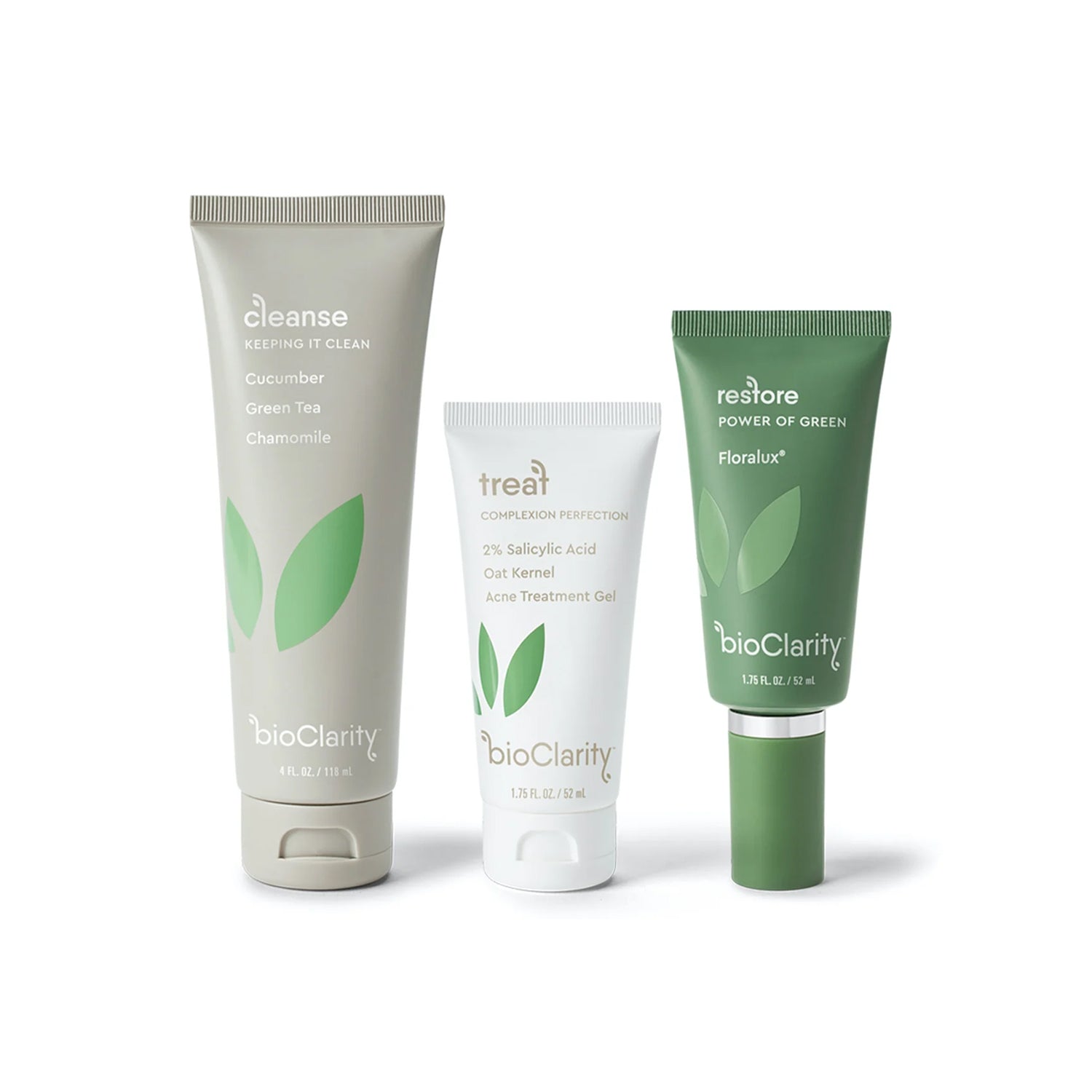
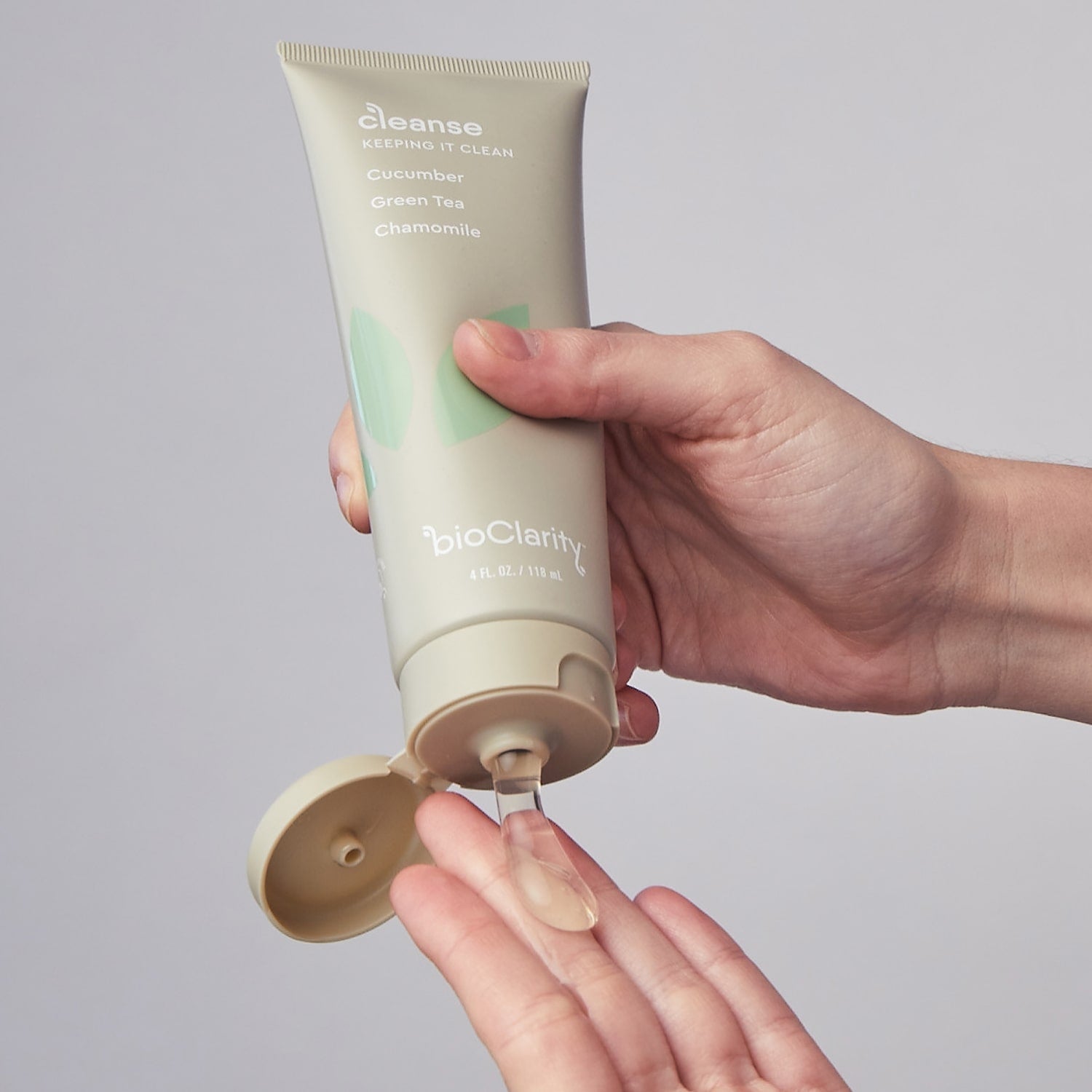
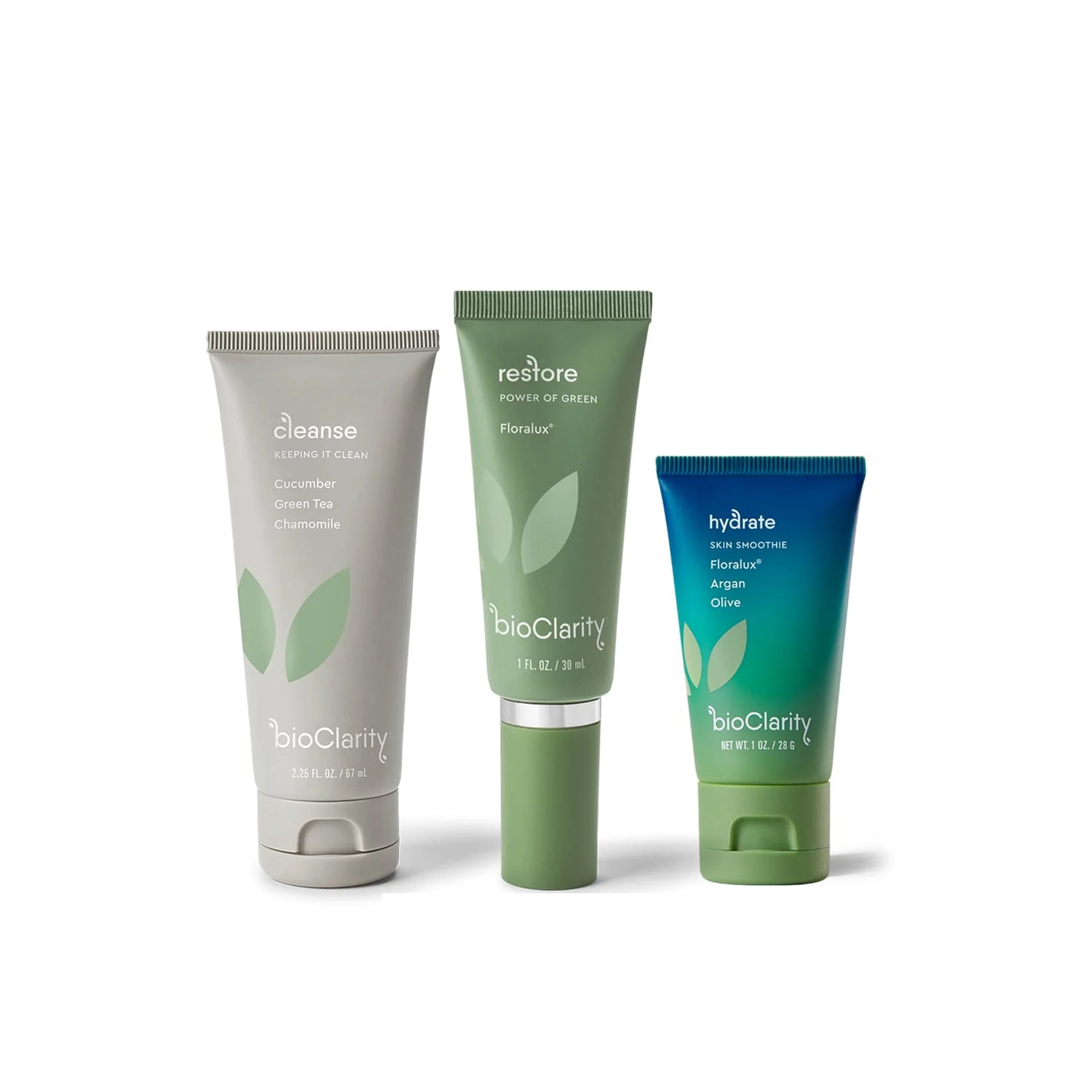
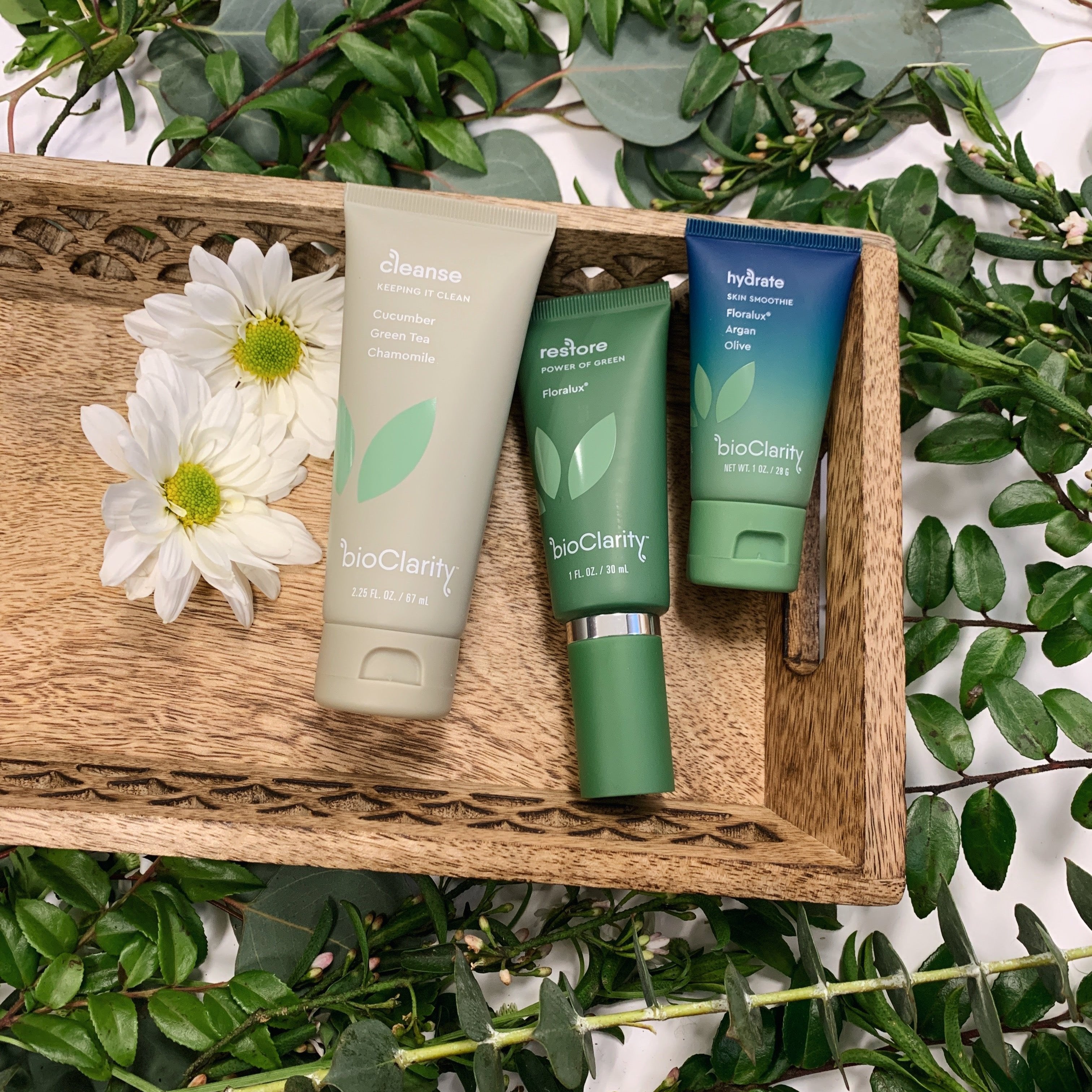
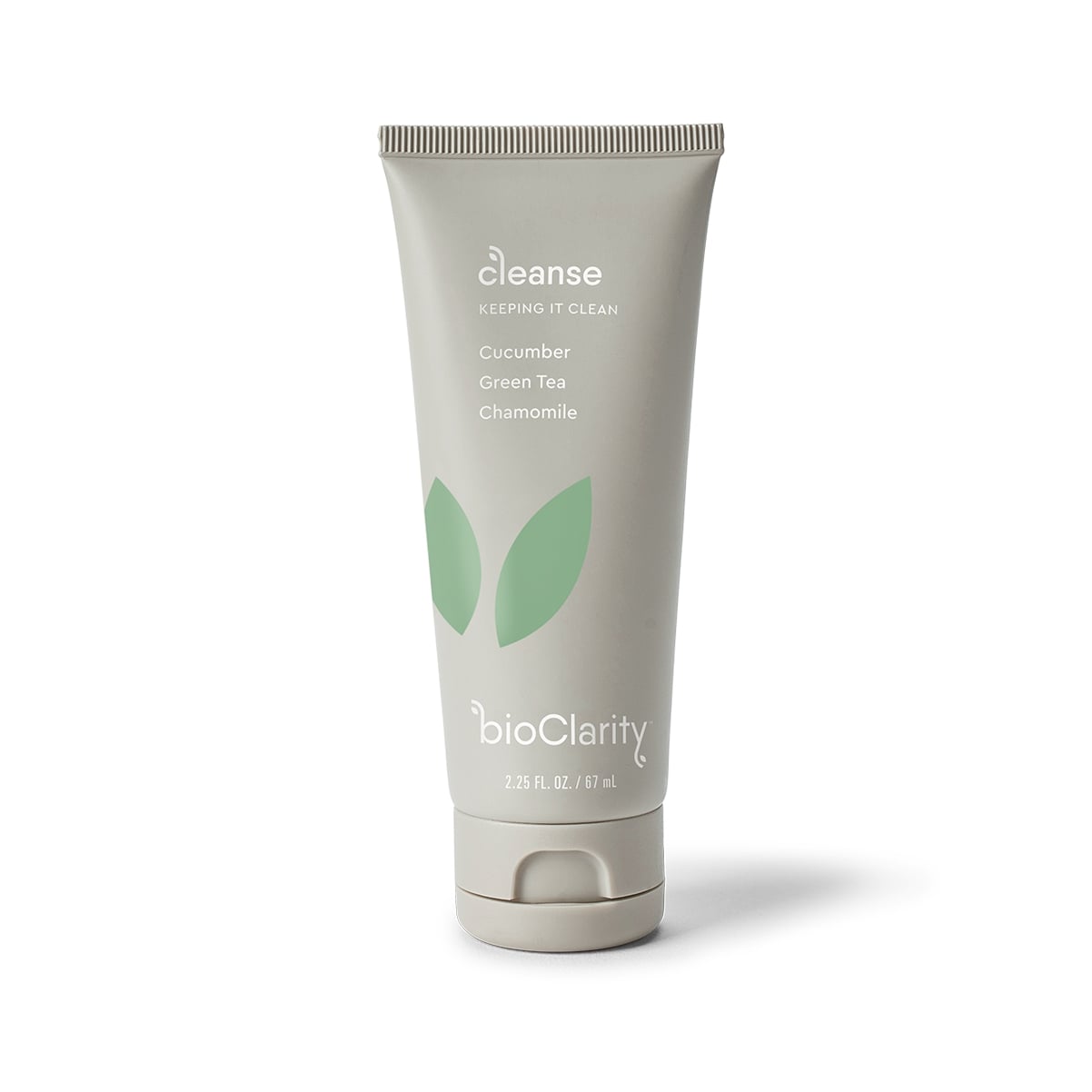
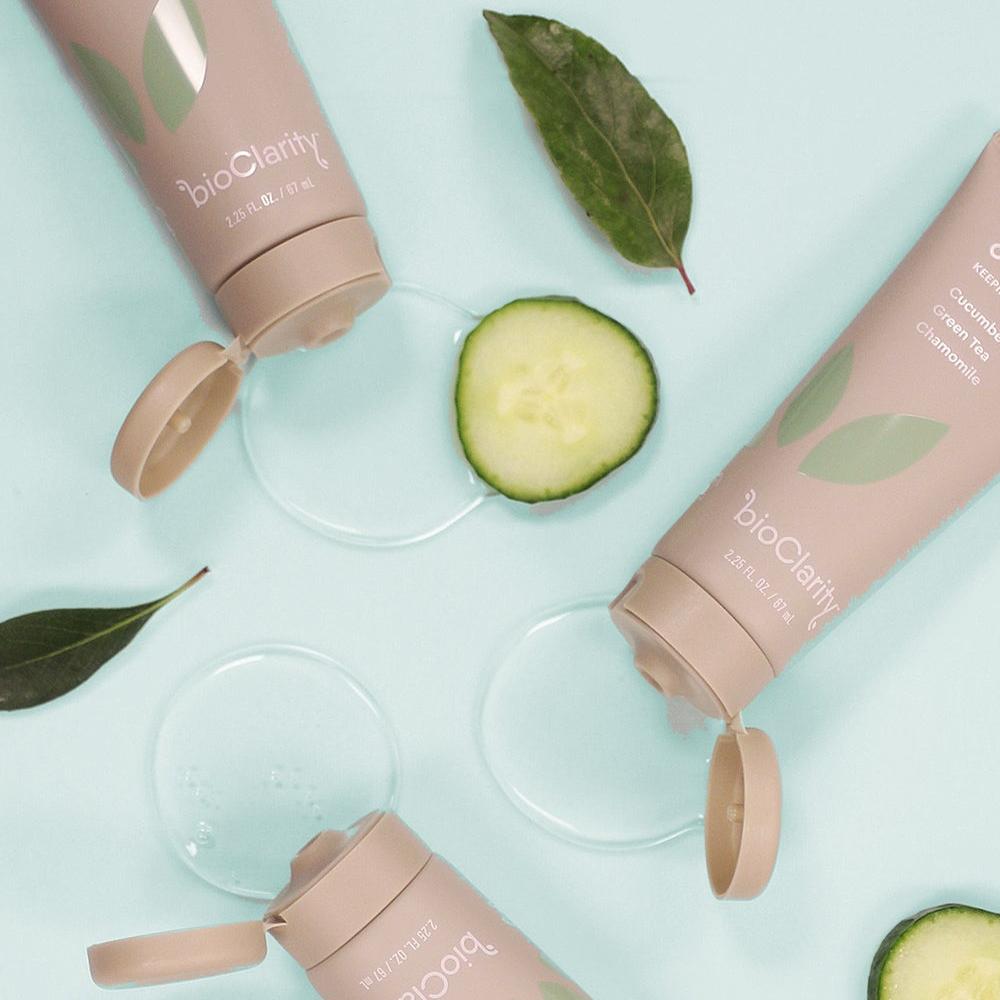




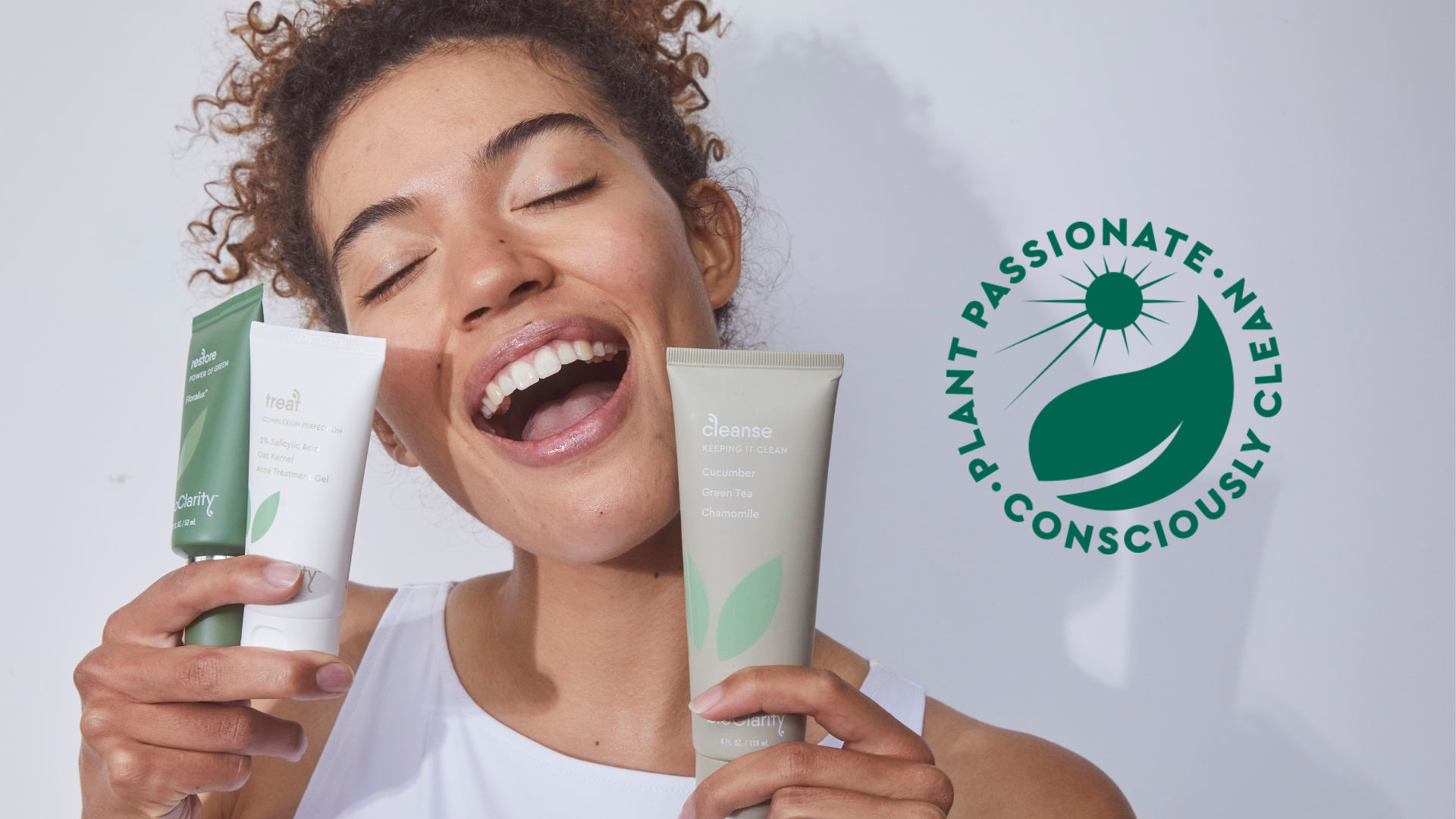
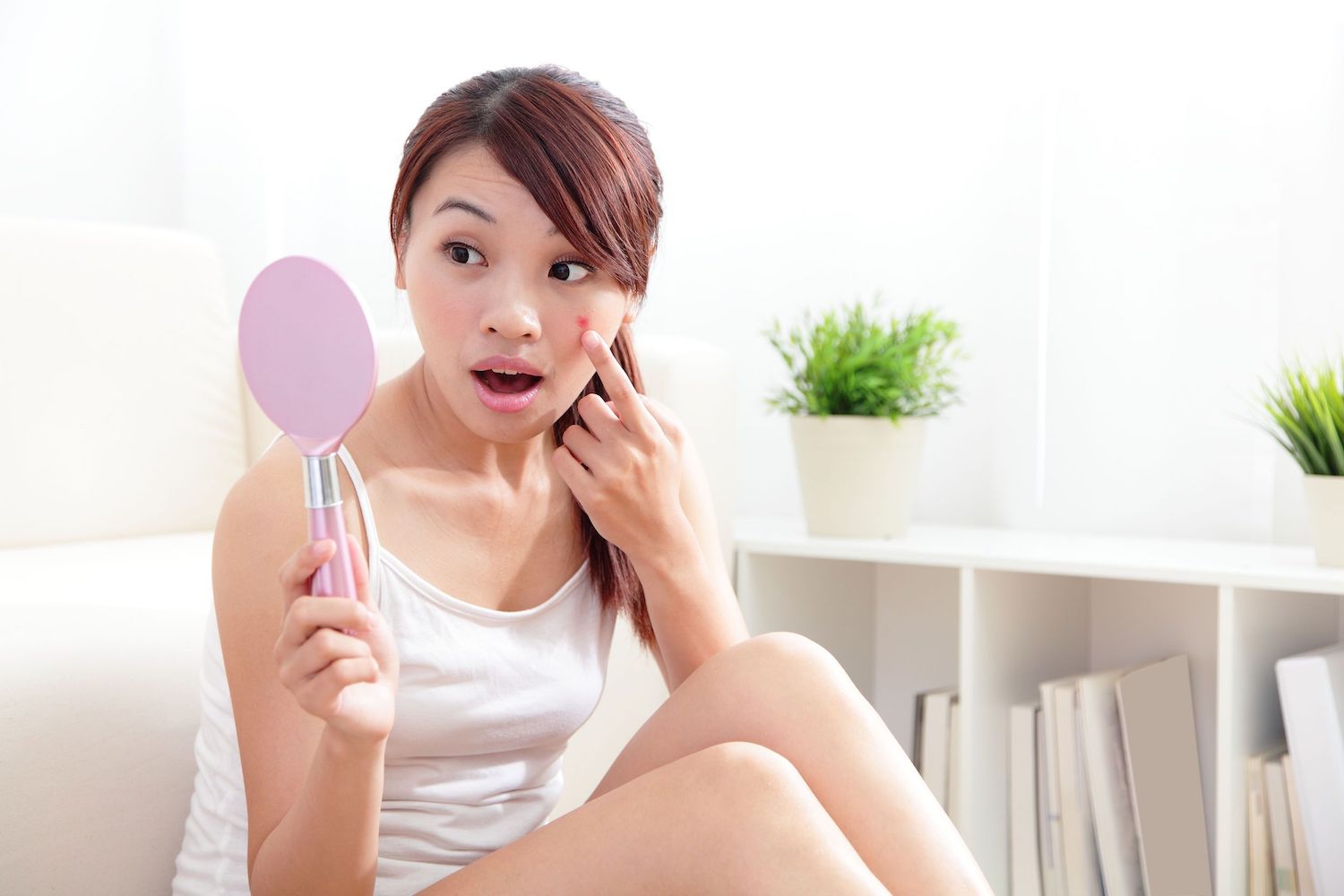
Comments